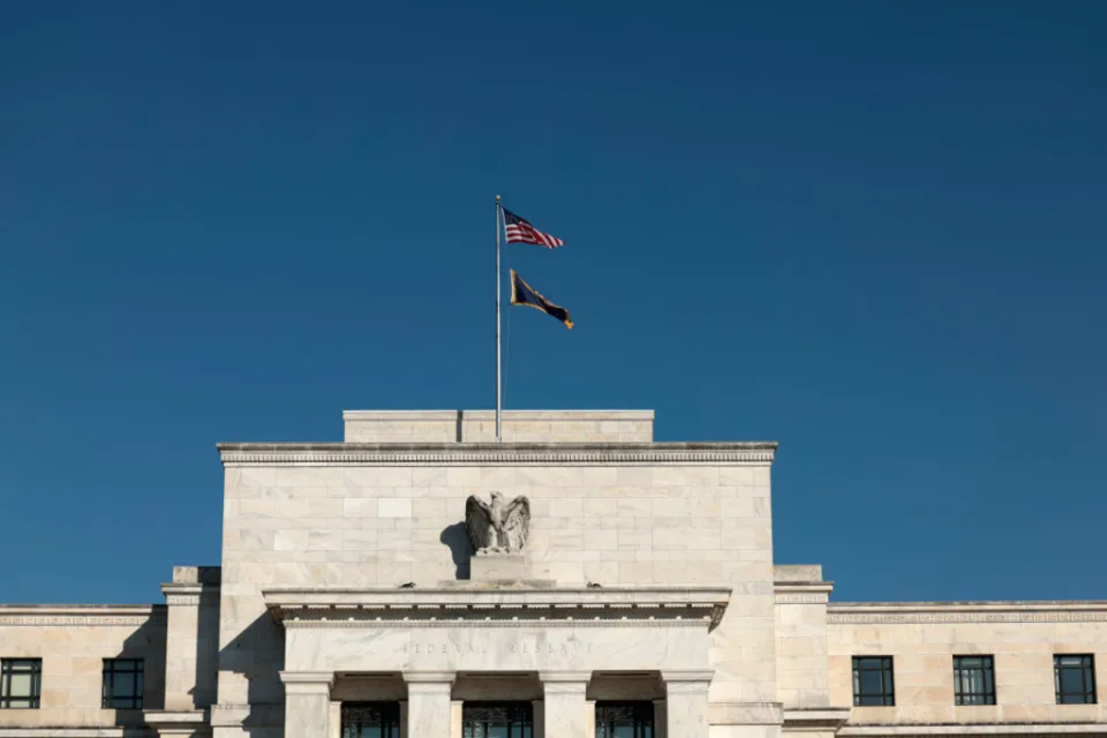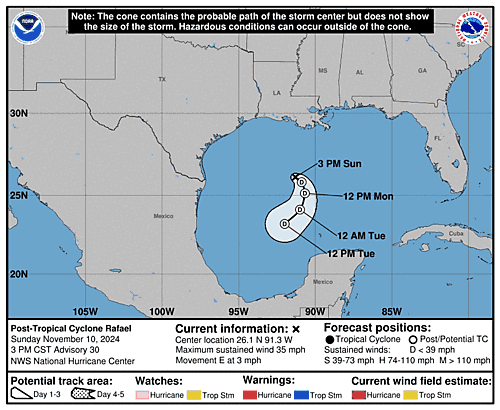US and European interest rate cuts hang in the balance ahead of crunch week
Key economic figures in the US and Europe are set to give investors clues on how much further both regions' central banks could go in cutting interest rates this year.


Key economic figures in the US and Europe this week will give investors clues on how fast both regions’ central banks could act in cutting interest rates this year.
“A data-packed week is ahead for the US, with a number of important prints,” analysts at Deutsche Bank said in a note, arguing the “main focus” would be jobs figures on Friday.
The numbers for October are expected to show payrolls increased by 110,000, compared to the average monthly gain of 200,000 so far this year.
Meanwhile, the unemployment rate is forecast to hold steady at 4.1 per cent.
“The report this time may be harder to draw conclusions from though, given the temporary downward influences from Hurricane Milton and the Boeing strikes,” analysts at Investec said in a note.
The data will come a week before the US Federal Reserve’s next interest rate meeting from 6-7 November, where officials will consider how much further to ease monetary policy after making a jumbo 50 basis point rate cut in September.
Economists are expecting a 25 basis point cut despite forecasts of a pickup last month in the Fed’s preferred gauge of underlying inflation, which strips out the volatile cost of food and energy.
The personal consumption expenditures price index, to be published on Thursday, is tipped to rise 0.3 per cent in September.
This would mark the biggest gain in five months, although economists also expect the report to show improvements in consumer spending and personal income.
Elsewhere, the European Central Bank will have GDP and inflation figures to digest ahead of its next meeting in December.
On 17 October, the ECB will make its third rate reduction in four months. And investors are now starting to grow more confident of a bigger, 50 basis point cut.
GDP data, due on Wednesday, is expected to show 0.2 per cent growth in the third quarter – with Spain and France offsetting a shallow recession in Germany.
Meanwhile, “flash” inflation numbers out on Thursday are forecast to show a slight month-on-month acceleration to 1.9 per cent from 1.7 per cent.
“This is largely due to the waning downward influence from energy prices though, rather than a fundamental change in price pressures in the economy,” said the Investec analysts.
A reading of 1.9 per cent would still be just below the ECB’s two per cent target and fall in line with the central bank’s current forecasts.


